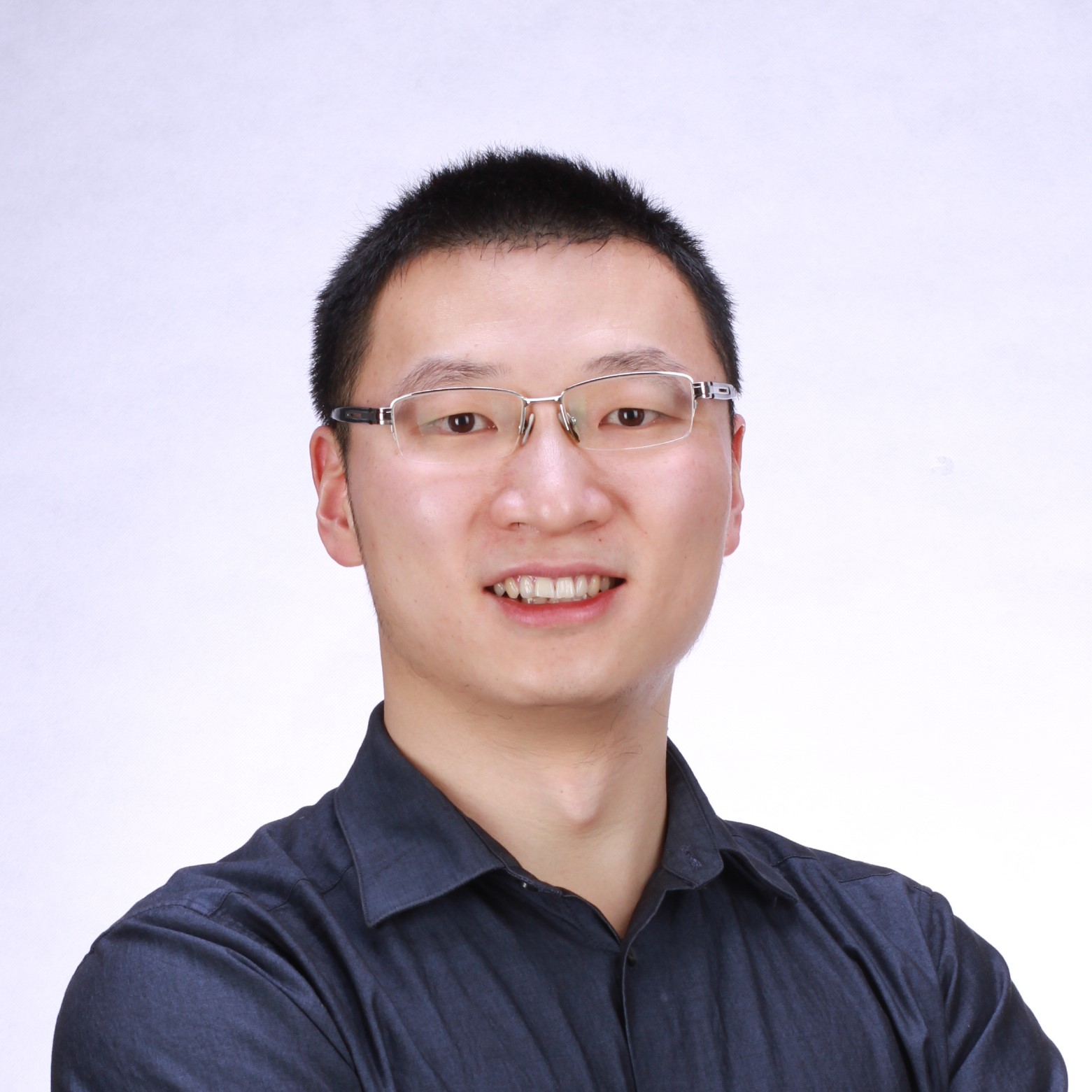Model Predictive Control in Hong Kong’s Residential Buildings for Energy Efficiency and Load Flexibility
Funding agency
Hong Kong Research Grant Committee, Early Career Scheme, 26209323, 2023-2026
Project introduction
To achieve the carbon neutrality goal of Hong Kong, its electric power system is undergoing a major transformation toward a more diverse electricity generation mix. Increasing renewable penetration requires modern buildings to interact with the grid so that they can shift the load from times when the grid is stressed to when renewable energy is abundant. Model Predictive Control (MPC) can facilitate efficient dynamic energy management and effective building-grid interaction. However, most existing studies focus on applying MPC to commercial buildings. Residential buildings are largely overlooked despite their potential for considerable energy savings and load shifting. Moreover, most current research overlooks humidity control, which is important in tropical or subtropical regions such as Hong Kong.
This project will have three tasks. Task 1 is to develop a virtual testbed that can represent Hong Kong’s high-rise apartment buildings. Task 2 is to develop MPC in the virtual testbed first, and then test it in two real high-rise apartment buildings. Our focus is to consider humidity control in MPC formulation, and to reduce the implementation costs of MPC to make it financially appealing for residential buildings. To reduce hardware (sensing) costs, the MPC needs to be able to handle unmeasured disturbances. To reduce software development costs, the MPC needs to be robust to model uncertainties so that it can use transferrable models with fewer customization efforts. Task 3 is to develop an equivalent battery model to characterize the load-shifting potential of Hong Kong’s residential stock by using two parameters: energy storage capacity, round-trip efficiency; and then study how the load-shifting potential is influenced by factors such as building thermal properties, the comfort range of its occupants, and Time-of-Use tariff structure.

